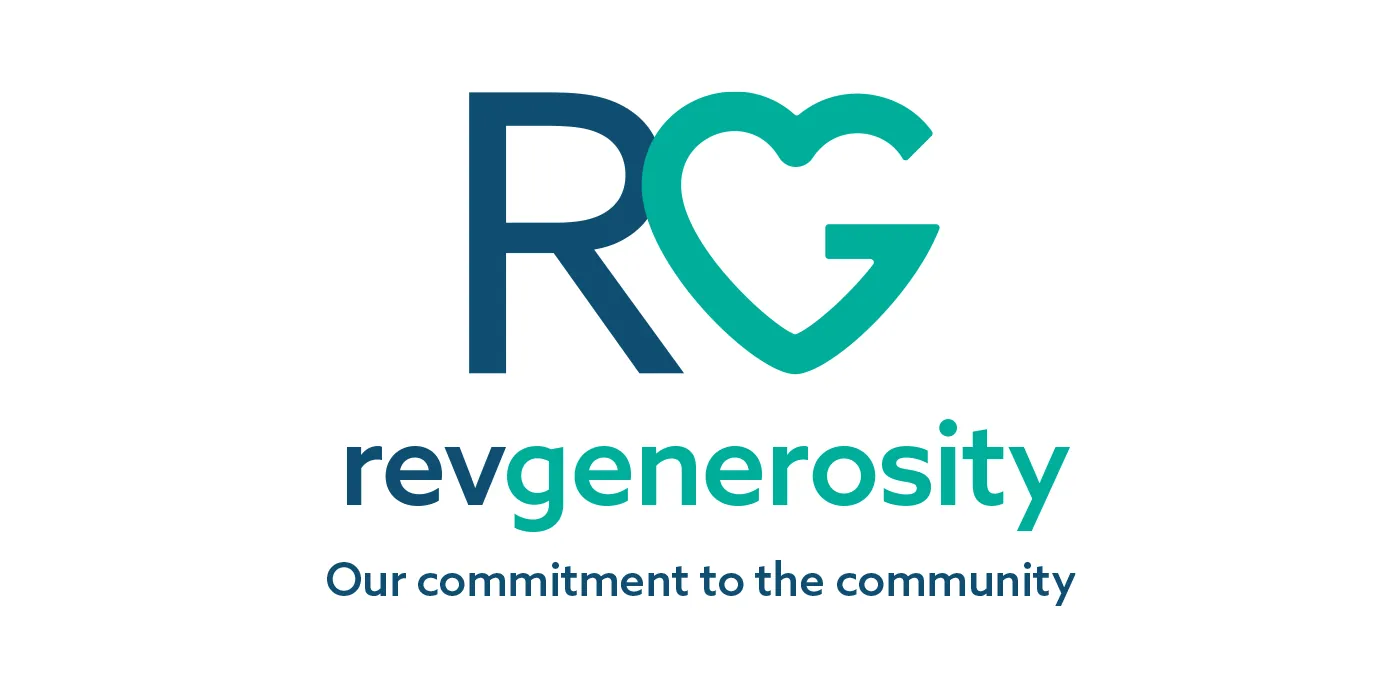Author: Chris Sansone
The Rising Tide of Performance Expectations
If there is one thing we can count on in the business world it’s that performance expectations will continue to grow. Our customers, stakeholders, and investors are never satisfied with the status quo for long. It’s something that we are all experiencing as the pace of technical innovation and business model disruption gains velocity.
Let’s face it, customers expect an immediate response. Investors demand efficient operations. And stakeholders require processes to enable, not hinder, their ability to serve the business and its customers.
So, how do you adapt your business processes to meet these rising performance expectations? Can you evolve current processes, or do you need a process revolution to meet your goals?
Evolution vs. Revolution – What’s the Difference?
This conversation is focused on addressing the impact of growing performance expectations on your business processes; however, we acknowledge that processes don’t run in a vacuum, and there are other considerations, such as People, Technology, and Data, that often work in tandem with process.
To determine whether your processes need an evolution or a revolution, let’s start with a common definition for each approach.
Evolution. This approach is familiar to many. Foundational processes are in place. Metrics are actively monitored. The current level of performance is known. And it’s likely that a continuous improvement methodology keeps these processes up-to-date. Process updates are rolled out as needed and are relatively easy for employees and customers to adopt. The ability to evolve processes is an indicator of business operations maturity and many businesses have year over year goals to continuously improve process performance.
Revolution. This approach creates a new process to replace an existing one. The existing process is often underperforming or needs supports new business models, products, services, customer segments, or systems. It generally starts with a clean slate and is developed with a greenfield approach. It requires a clear definition of process scope and performance goals, and some guard rails are necessary to ensure that process design is aimed at the intended target. Rolling out a new process involves greater change management effort to drive adoption and realize performance gains.
While it may be tempting to scrap old processes and put new processes in place, constant process churn can cause confusion or, even worse, indifference. Employees and customers learn that if they wait long enough, the process will change again so there is no reason to adopt the process du jour. Meanwhile, it can be easy to stick with current processes and try to evolve them beyond their purpose. These processes are familiar and updating a process takes less effort than developing a new one. However, this can be frustrating as you put energy into improving a process that won’t meet your goals.
Evolution or Revolution – a Case for Each Approach
To put evolution and revolution approaches into perspective, let’s look at three cases for performance improvement. In each case, a clear understanding of current process capabilities and performance expectation goals is critical in determining the approach that is best suited for the situation.
Case A. This is a perfect case for evolution or continuous improvement of current processes. Your customer has raised the bar for performance and you are confident that your processes can evolve over time to meet or even exceed these expectations.
Case B. No matter what you do your current processes will not meet performance expectations. This is common when a business environment has been disrupted. There is a new standard for performance and a process revolution is needed. Keep in mind that current processes may need to be maintained to serve customers that have not yet experienced the disruption.
Case C. Current processes could meet performance expectations; however, evolution of these processes will need to be accelerated. Or you could revolutionize processes to meet expectations. Deciding on the approach to this case is more difficult than Case A and Case B. Launching new processes may take just as long or longer than improving current processes. It’s important to understand if the performance expectations have accelerated raising the bar or if these expectations are the beginning of a new standard.
Choosing the Best Approach for You
So, which process approach is more effective – evolution or revolution? The answer is that it really does depend on your specific situation. Hopefully we’ve given you some things to consider as you determine your approach.
Reviewing a few questions can help you:
- Frame why your processes are changing
- Determine how quickly they need to change
- Realize the impacts of the change to the business and customers
The questions should help inform your process development approach decision. Which leads us to the next question – ‘How do you deliver the process change – Pilot, Staged Roll-out, or Big-Bang?’. But we’ll leave that topic for another day.
To determine whether to evolve or revolutionize your processes, consider:
- What do customers and business stakeholders expect of process performance today and in the future?
- Are you experiencing a disruption that is driving a change in performance expectations? Is there an industry trend or paradigm shift that your current processes can no longer serve?
- Have there been internal changes, such as an acquisition, reorganization, technology implementation, or other changes that impact your process performance?
- Will improving your current processes deliver the customer and business results expected?
- Do your need to develop new processes and continue to support current processes in parallel?
- What are the impacts of people, technology, and data changes on process performance?
- What is the pace of change necessary to meet performance expectations? Is it the same across different business units, functions, and customer segments?
Learn more about RevGen’s Management Consulting capabilities.




